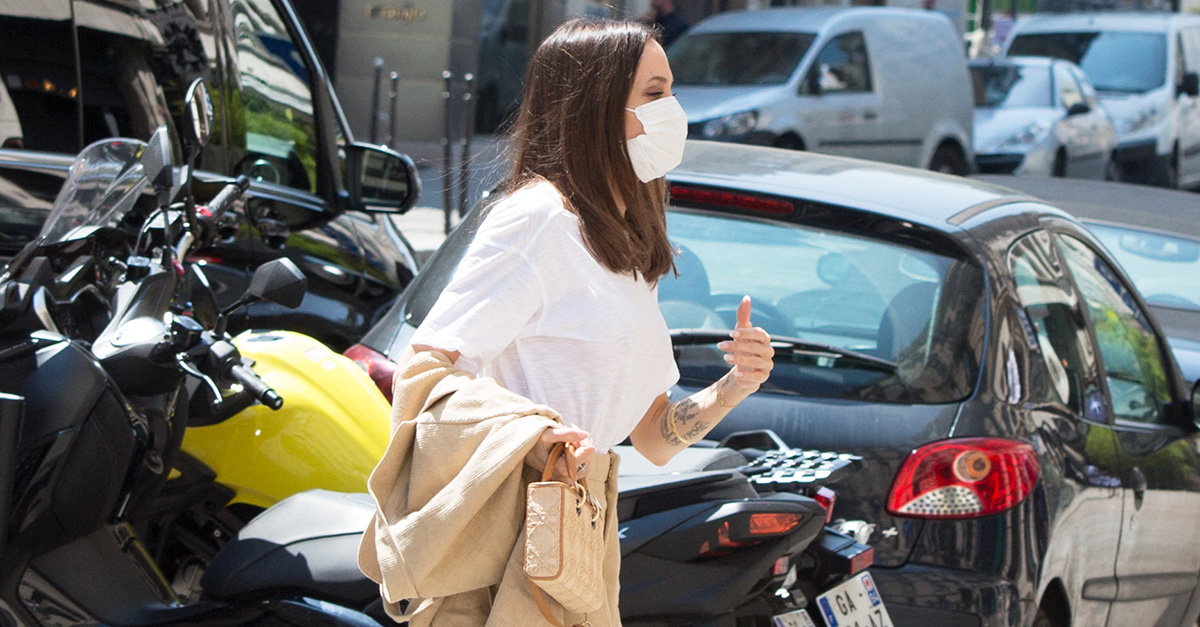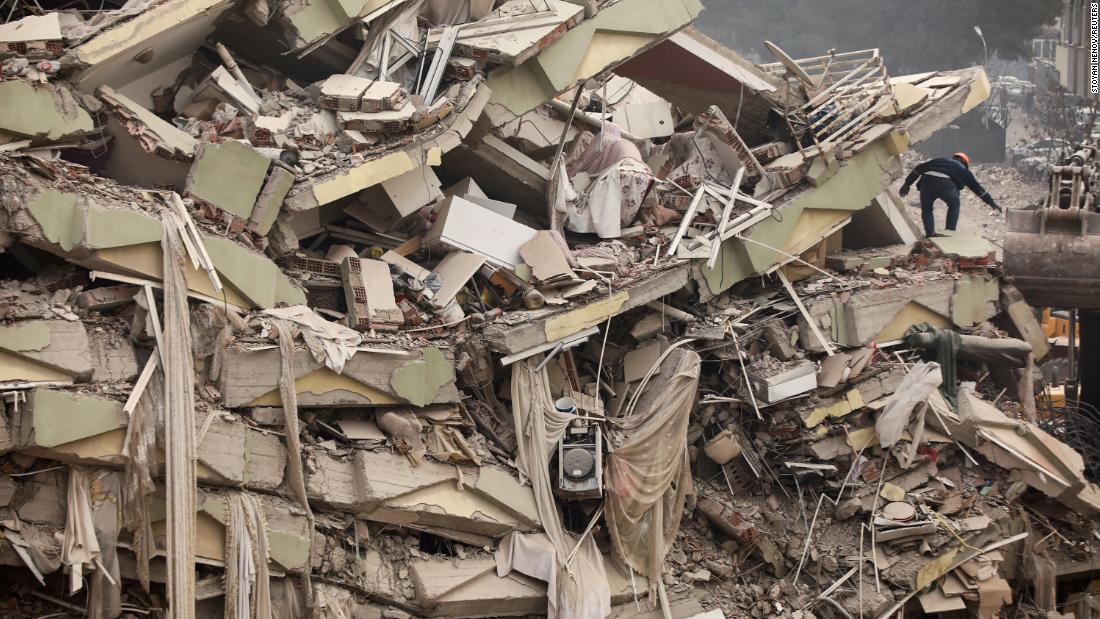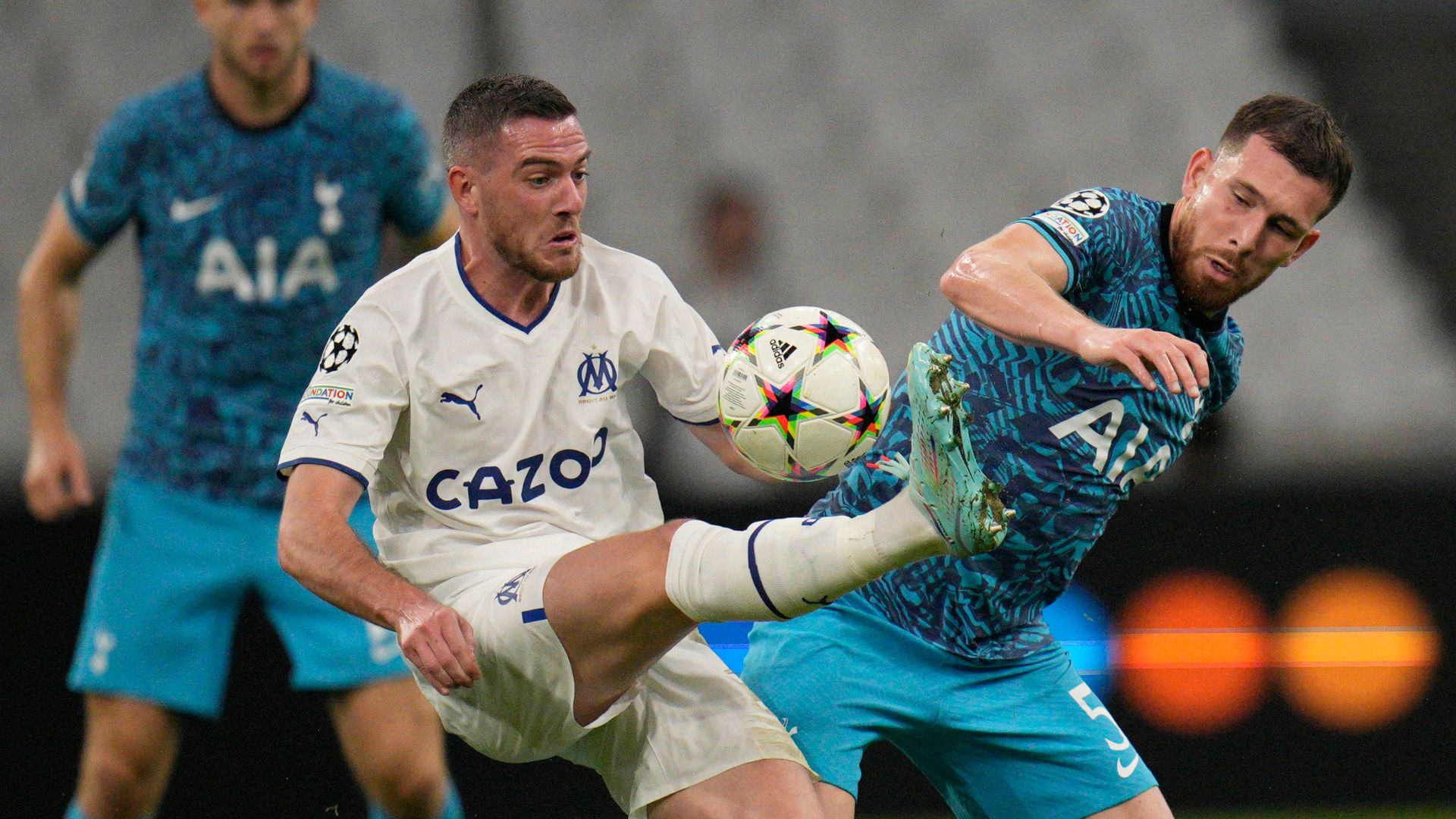Why Arming Teachers and Militarizing Schools are ‘Terrible’ Ideas
People who believe this have watched too many movies or played too many video games, writes Brooklyn College policing expert Alex Vitale. Research shows that when guns are introduced into an environment, they produce accidental shootings, suicides and interpersonal violence.

As we confront another gut-wrenching mass school shooting, the same old failed policies of putting more guns in schools are being trotted out: add more school police, arm teachers, increase surveillance, create more militarized SWAT teams.
It’s time to reject these failed strategies and embark on real solutions to gun violence in our schools and the community.
Mass shootings in schools, while incredibly tragic, remain extremely rare, hard to predict, and difficult to stop once the begin. The presence of armed police in schools has done little to address the problem.
The Columbine school shooting in suburban Denver in 1999 played a key role in expanding school policing. What few know, however, was that there were armed school police on the campus when that school shooting began. Since then, armed school police have failed to prevent additional shootings such as the Parkland High School shooting in Florida in 2018.
It also appears that police were unsuccessful in preventing the Uvalde shooter from entering the school.[1]
Over the last 12 years, 70 students have been fatally shot in a school building or about 6 per year and most of these occurred in only 5 incidents. While this is a terrible toll, it means that the chances of a young person being killed in a school shooting is about one in 10 million.[2]
It is a terrible mistake to build an entire security apparatus around this chance for two reasons. First, policing has not proven successful at preventing these shootings,[3] Second, school police can themselves place a huge burden on students.
The burden of school policing falls most heavily on disabled students, students of color, and LGBTQ students who report harassment and abuse and are more frequently arrested and subjected to police violence. School police also kill and injure students, subject them to humiliations, harassment, and sexual assaults, instill fear, and drive too many young people out of school and into the criminal justice system.
Deadly Accidents
Arming teachers is a terrible idea that only makes sense if you are a gun manufacturer or retailer looking for windfall profits. When we introduce guns into an environment, they do not get used against “bad guys.”
People who believe this have watched too many movies or played too many video games. The research shows that when guns are introduced into an environment they produce accidental shootings, suicides, and interpersonal violence, such as intimate partner violence.
When teachers were given guns in a few districts following the Parkland, FL high school shooting, a teacher in California accidentally discharged their weapon in a classroom, which fragmented and injured five students.
Imagine multiplying that kind of accident a thousand times.
In addition, it is ridiculous to imagine teachers trained in nurturing our children successfully fighting off an intruder with body armor and an assault rifle.
Old tools like metal detectors and new surveillance technologies like smart cameras designed to identify and track potential threats are also unlikely to be effective. They cost huge amounts of money, produce large numbers of false positives, and can be misused to harass and profile students.
Students routinely complain of abuse at the hands of school police staffing metal detectors including sexual harassment, racial profiling, and invasive searches. There is also no evidence that they play any role in preventing a motivated attacker.
At best, surveillance systems may improve police response time to an incident, and more militarized SWAT units will bring greater firepower, but that will always occur after the shooting has already started, which is too late for too many.
We must completely change our approach from target hardening and an arms race to meaningful prevention efforts.
The majority of school shootings are committed by current and former students, not intruders or outsiders.[4] In most of these cases, someone in the school community was aware that there was a threat. Several students in Uvalde reported that the shooter there was in obvious distress; engaging in self-harming behavior and fantasizing about weapons.
The people who knew there was a danger either failed to report it, or reported it and no meaningful action was taken by authorities. The fact is that policing is a reactive enterprise that has few tools to prevent these kinds of incidents from occurring.
Even when police do get involved based on warning signs, they are largely unable to take meaningful action because no law has yet been broken.
While no intervention will provide complete security, we should focus on putting early warning and prevention systems in place to dramatically reduce the likelihood of these incidents.
The most important intervention is to create a healthy trusting school atmosphere in which students feel safe bringing their concerns about their own well-being and threats to the school to the attention of teachers and administrators without fear that they or their fellow classmates will be ignored or criminalized.
We also need stronger partnerships between schools, families, community institutions, and healthcare providers. Together these institutions provide a web of protection that can help identify potential threats and take proactive steps to reduce the likelihood of school shootings.
Parents, clergy, and doctors should all be seen as resources in identifying and addressing potentially threatening behavior and should be in communication with school officials. This requires creating a regularized system of information sharing and putting in place procedures for responding to threats with both greater target hardening and more therapeutic interventions.
Bring Community into the Classroom
It means doing more to bring the community into the classroom, which would be aided by a community schools model that builds relationships with families and community based service providers.
Among the steps that can be taken are implementing programs like the Preventing Aggression in Schools Everyday program (PRAISE) from Philadelphia which promotes a positive school environment in ways that attempt to reduce everyday aggressive behavior like bullying that contribute to emotional distress and isolation, which are linked to school shootings and appear to have been a major factor in Uvalde based on statements by students there.[5]
We have systematically defunded basic support services for students while ramping up spending on school police. In New York City we have more school police than counselors of all varieties combined.
Millions of kids go to schools with police but no counselor, nurse, or social worker. Recent research shows that improving the ratio of school counselors and social workers can reduce disciplinary problems, weapons-related incidents, and student suspensions.[6]
In addition, students report feeling safer and more positive about school and teachers report fewer disruptions in the classroom. The benefits are particularly strong in schools with high percentages of students of color.
Finally, we need to radically expand access to high quality culturally appropriate mental health services and to link them to services provided in the community so that there is continuity of care and awareness of potential threats.
Mental health support consists of intensive interventions for students in need of long-term mental health or acute behavioral support. Interventions include individual and group therapy as well as integrated support systems at school and in the community provided by counselors, community mentors, and social workers.
School-based mental health clinics have been shown to reduce fights, suicides, and absenteeism. These services should be connected to in-school counseling programs and community based providers to ensure continuity of care.
A study of the Emotional and Behavioral Health–Crisis Response and Prevention program to address student emotional and behavioral health showed significant effects on decreasing bullying and suspensions.[7]
Our children are in crisis and the solution is not to introduce more guns into their daily lives, that is a cynical abandonment of civilization, a privatization of personal security for the benefit of the gun manufacturers and a recipe for more mass death.
It is time to reverse the politics of educational austerity and the systematic failure to address the basic needs of students in the pursuit of lower property taxes.
Additional Reading: The National Police Foundation regularly publishes a database showing incidents of “averted school violence” in an effort to isolate some of the factors contributing to greater school facility. To download the 2021 database, please click here.
See Also:
Uvalde Had Prepared for the Shootings. It Did Not Stop the Rampage
What Research Shows about the Effectiveness of Gun Control Laws

Alex Vitale
Alex S. Vitale is Professor of Sociology and Coordinator of the Policing and Social Justice Project at Brooklyn College. He is the author of City of Disorder: How the Quality of Life Campaign Transformed New York Politics and The End of Policing. He has spent the last 25 years writing about policing and consults both police departments and human rights organizations internationally.
[1] https://theintercept.com/2022/05/25/texas-uvalde-shooting-school-police/
[2] https://www.usatoday.com/story/opinion/2022/01/14/school-shooter-drills-terrify-students/9106629002/
[3] https://jamanetwork.com/journals/jamanetworkopen/fullarticle/2776515
[4] https://www.chds.us/ssdb/charts-graphs/#shootersaffiliation
[5] https://violence.chop.edu/preventing-aggression-schools-everyday
[6] Carrell, Scott., Carrell, Susan. (2006). DO Lower Student to Counselor Ratios Reduce School Disciplinary Problems? Contributions to Economic Analysis and Policy. 5:1. Article 11. Lapan, R., Gysbers, N., Stanley, B., (2018). Missouri Professional School COunselors: Ratios Matter, Especially in High-Poverty School. Professional School Counseling. 16:2.
[7] Bohnenkamp, J. H., Schaeffer, C. M., Siegal, R., Beason, T., Smith-Millman, M., & Hoover, S. (2021). Impact of a school-based, multi-tiered emotional and behavioral health crisis intervention on school safety and discipline. Prevention Science, 22, 492-503.

 Landwebs
Landwebs 



















/cdn.vox-cdn.com/uploads/chorus_asset/file/24430706/elon_musk_twitter_for_you.png)





